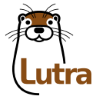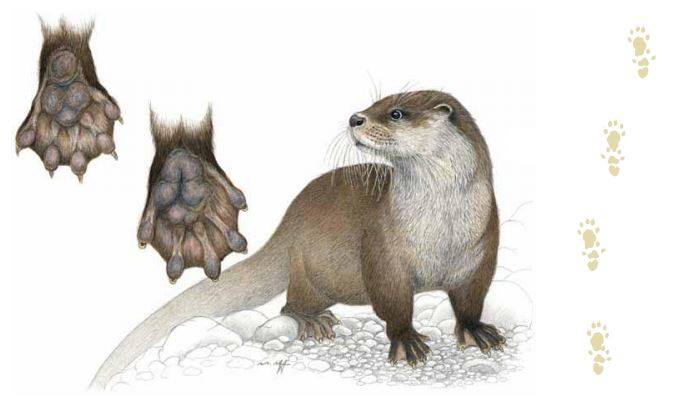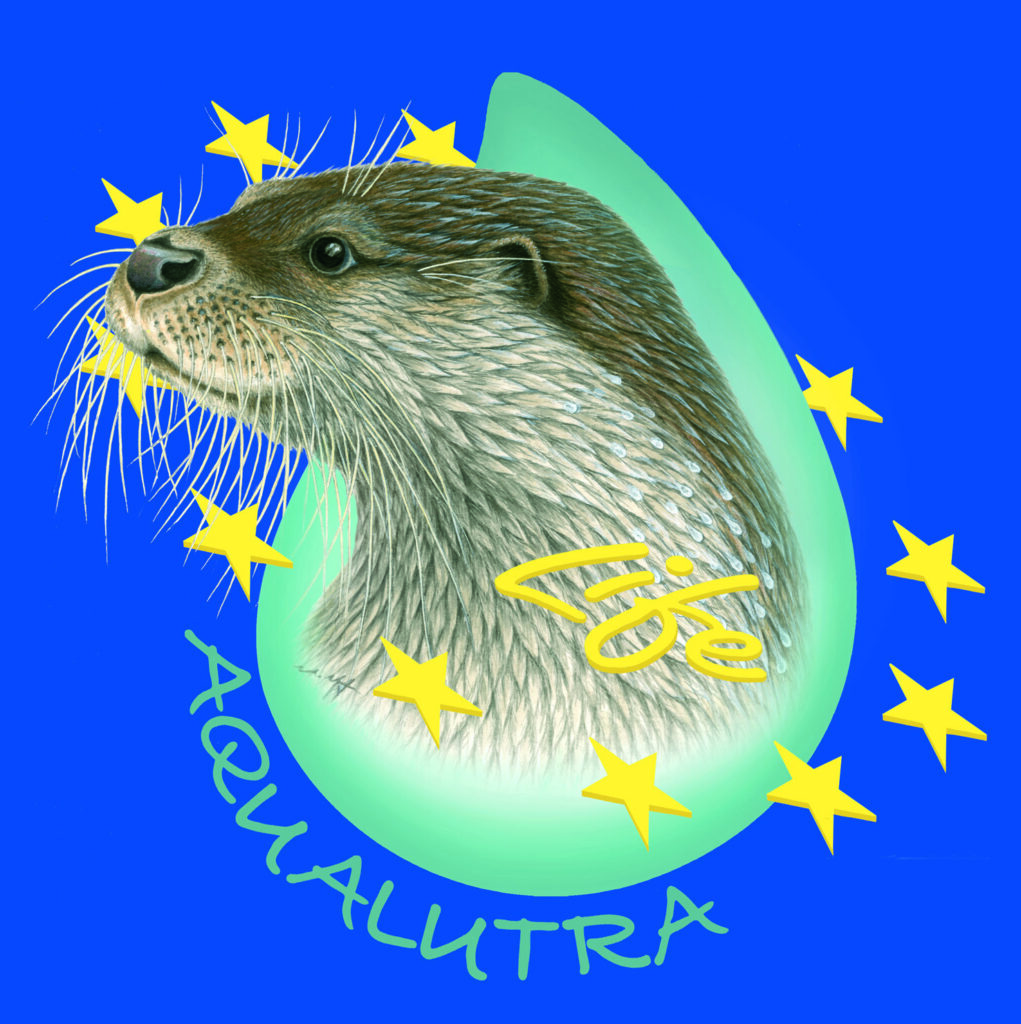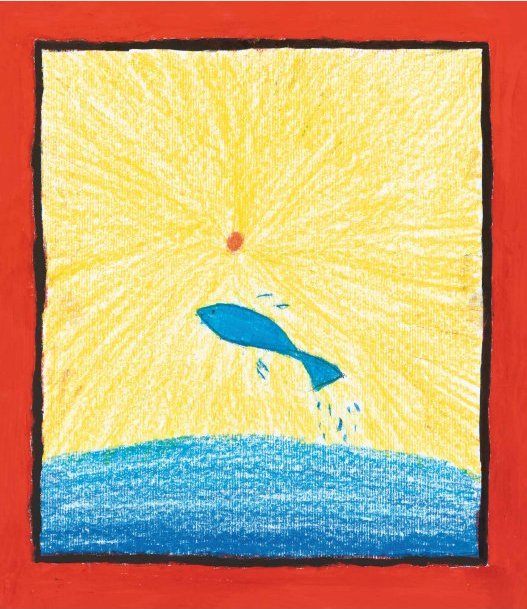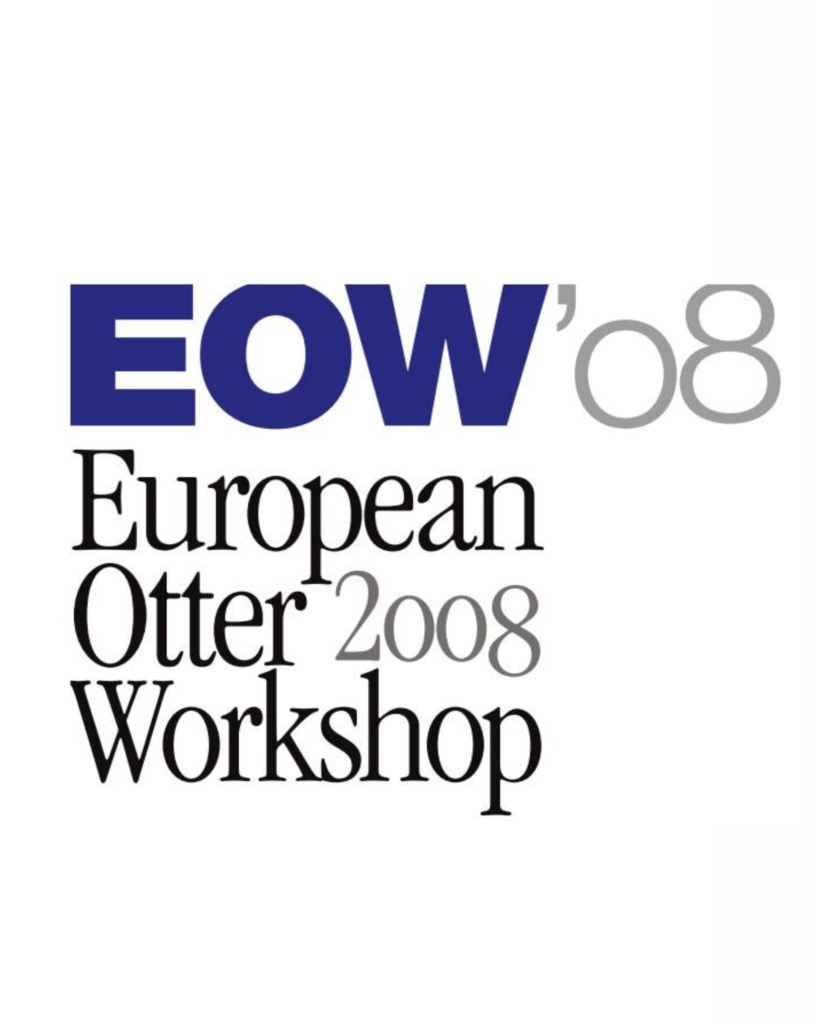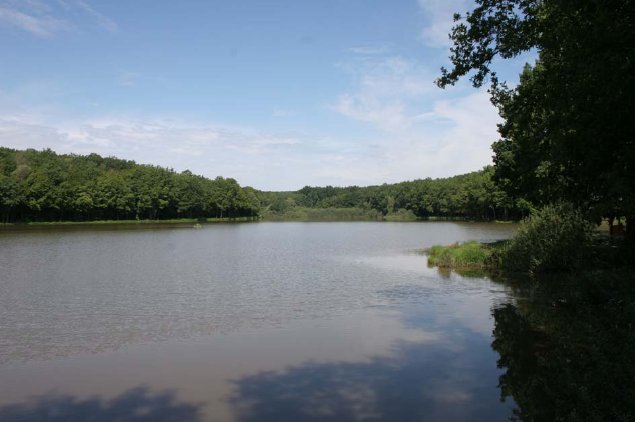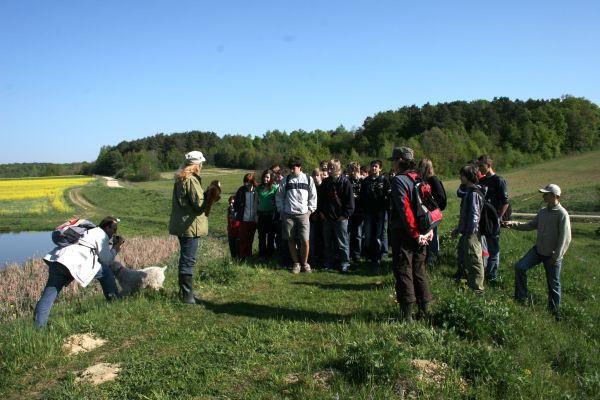
Slovenian traffic network has been growing rapidly in the last two decades. The major share goes on the account of road infrastructure, while the growing rate of railway infrastructure is lower. The traffic network occupies great areas of land, causes habitat fragmentation and contributes greatly to mortality of wildlife. A physical barrier caused by ever growing road and railway network leads to increase in vehicle numbers, as well as growing vehicle velocities, together contribute to even worse traffic security and is at the same time a great threat to biotic diversity. Threats to biotic diversity rise out of human perception of nature, his attitude towards the latter and predominant behaviour patterns. All this also reflects in human attitude toward the traffic and traffic network construction. In order to bring the problematic to the people, we need higher awareness, motivation and better education. Project proposal will significantly contribute to higher public awareness about the threats traffic and its infrastructure pose to biotic diversity of Slovenia.
Slovenian drivers and young (future) drivers, that receive their education in driving schools, are the targeting group which we have focused on. We will also focus on driving instructors that act as promoters and multipliers of project message to new drivers. We wish to raise the environmental awareness among them, stressing the importance of safe driving for lives of animals as well as for people (11.3 % of road accidents on regional roads are caused by animal collision). We will cooperate with important organizations that can contribute a great share to improvement of recent situation in the field of traffic issue. Those organizations are Veterinarian and Hygienic Service, Council for Prevention and Education in Road Traffic, Slovenian Railways, hunting families and Slovenian Hunting Association, Biotechnical Faculty, DARS (Slovenian Highways), schools etc. We wish the traffic issue to enter into consciousness of every driver. In order to achieve that, we will launch preventive action in public media (radio news), deliver promoting material (leaflets with car stickers, traffic jackets, posters, web page) and educate (website, workshops).
Title: Traffic and Animals
Acronym: STOPHEDGEHOGE
Applicant: Lutra, Institute for Conservation of Natural Heritage
Co-financier: Swiss NGO Fund
Duration: from January 2011 to June 2012
